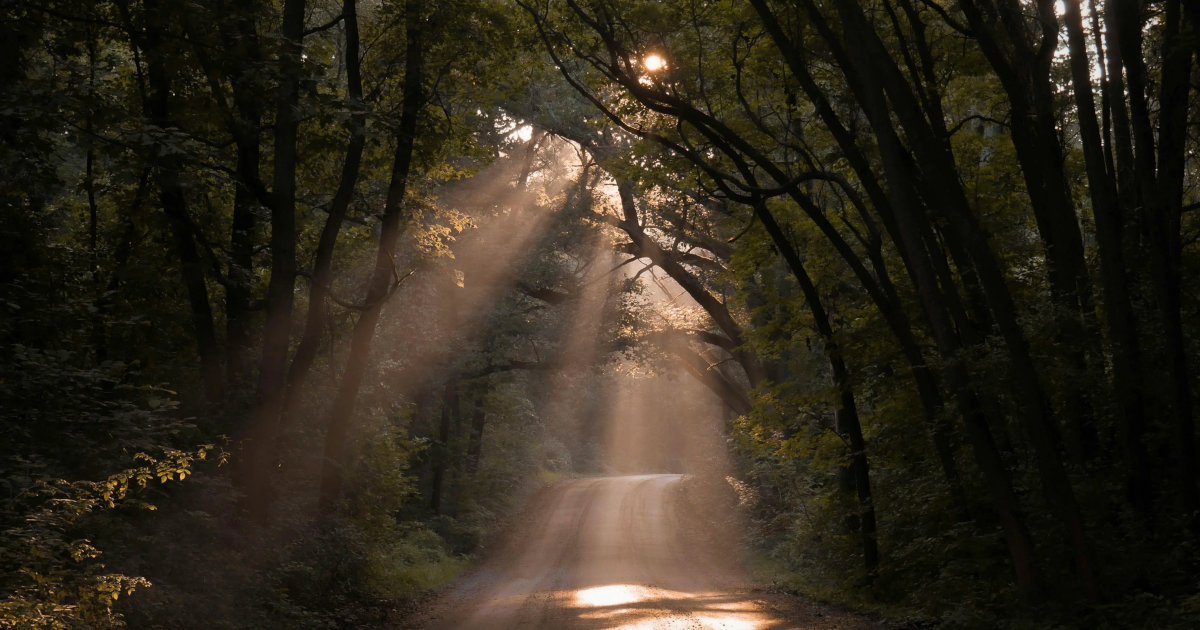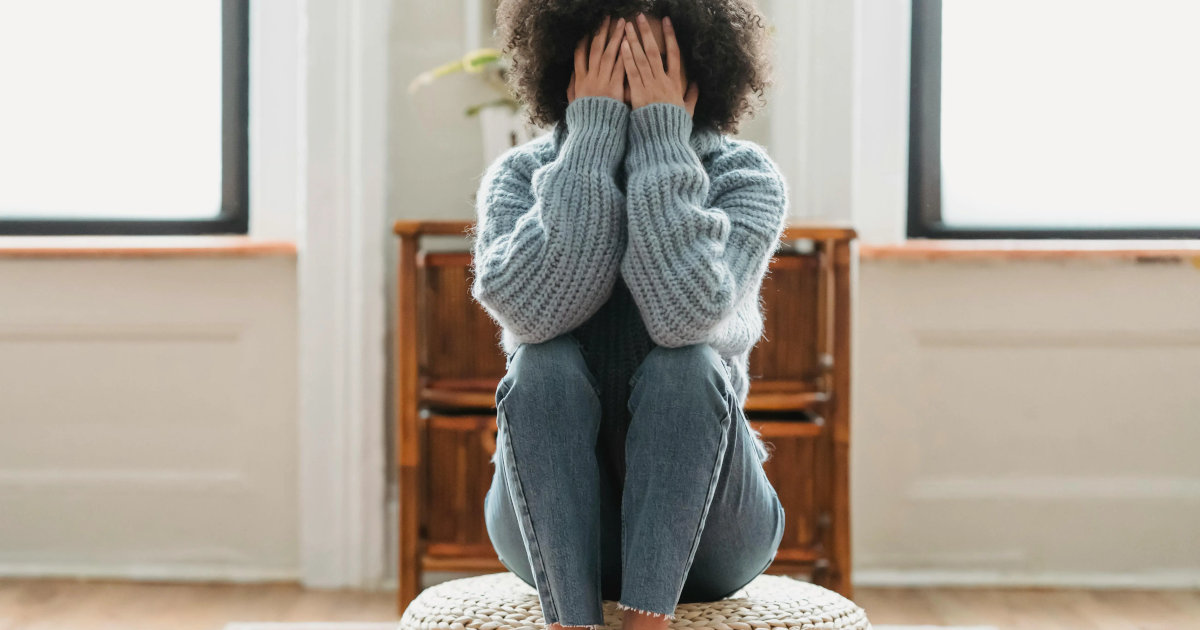Most of us have heard of Seasonal Affective Disorder (SAD) during the fall and winter months. Having less natural sunlight can affect our mood and well-being in various ways - feeling more fatigued, feeling socially withdrawn, and experiencing feelings of sadness and hopelessness, to name a few.
However, it’s also important to acknowledge those that have a hard time during the warmer months of the year. Summer depression or Reverse SAD may be less common, but can be equally impactful on those experiencing it. It is oftentimes associated with feelings of restlessness, sadness, anxiety, and irritability, but of course, this can vary from person to person and symptoms can manifest uniquely.
While our circadian rhythms are adjusting once again, there can be several biological theories for these changes in mood. Furthermore, there are usually major changes in social routines and feeling pressure to “go, go, go” and do more. In the warmer months, it can also be expected of us to be happy, so someone with reverse SAD may feel even more upset with feeling disconnected from the “norm.” We may feel this increase in expectations internally and from what we see in the world around us. If we’re not able to align with the expectations placed upon us to “take advantage” of the warm weather, it can create a lot of emotional discomfort and suffering. There can be increased feelings of worthlessness and not being enough just as we are. These expectations can also create more stress in terms of finances and feeling a need to take more vacations, access childcare, attend more outings/gatherings, etc. which can add to the overall feeling of overwhelm that is felt.
Being physically hot and/or sweaty can mimic feelings that occur when panic attacks arise and we may start to feel flushed, dizzy, or nauseated. Sometimes, the brain has trouble finding a place of feeling safe and discerning whether or not we are actually anxious or just physically hot and uncomfortable due to such similar symptoms. Then, before we know it, we may start getting anxious about feeling hot and then it gets perpetuated and becomes a trigger or fear throughout the summer months - especially when humidity levels can get very high. This is totally understandable and happens to many people. I personally have a loved one in my life that needs access to fans and air conditioning and/or cold cloths to help regulate their nervous system in the summer months or else their anxiety can get amplified. Running cool water under wrists or splashing the face can also be useful tools.
If you resonate with reverse SAD or some of these emotions especially in regard to feeling weighed down with more pressure and expectations, you’re not alone. A few helpful strategies that I’ve noticed can be beneficial are:
Limiting screen time - oftentimes, social media can lead to comparing oneself to others and this can be amplified during summer months when more posts and engagement seems to be occurring.
Seeking professional help - whether it be talk therapy or various other healthcare modalities, help is available. Your emotions are valid and deserve to be seen and felt in a safe space. It’s important to seek support and not turn to isolation during these moments.
Staying connected - it is common to lean into avoidance when struggling with low mood and anxiety (to avoid people and situations that alert these feelings), which can lead to isolation and then a worsened mood, so the cycle continues. Alongside professional help, staying connected to family and friends is really beneficial to counteract these symptoms.
Good sleep hygiene - longer days can create more disrupted sleep patterns. It’s important to prioritize getting enough sleep for improved mood and feeling more aligned with a healthy routine. TIP: Refer to step 1 to help with this!
Ultimately, spring and summer aren’t the happiest of times for everyone and whether you personally experience it, know of someone who does, or maybe are new to learning about it altogether, it’s important to create space for it and face it with awareness and care. I’m wishing you all access to the practices that feel supportive and aligned right now and through all months of the year.













